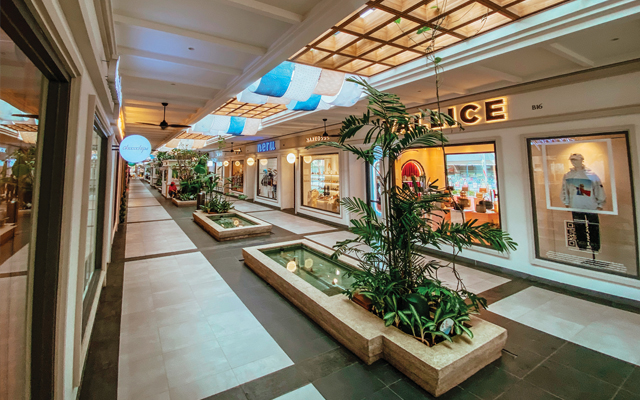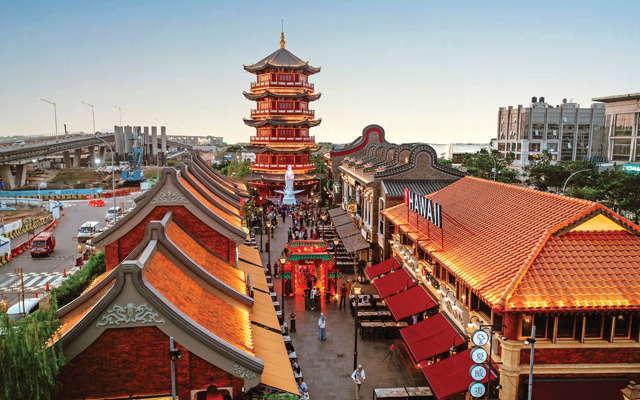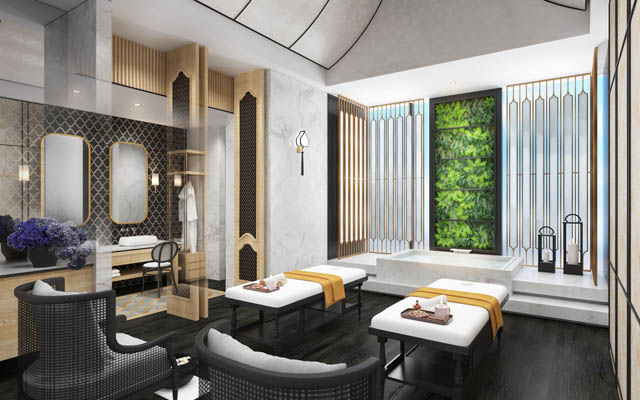Jakarta’s Pantai Indah Kapuk is being developed into a mixed-use tourism and lifestyle destination, with infrastructure, events and hotels aimed at attracting domestic and international travellers
Pantai Indah Kapuk (PIK) is a developing tourism destination in Jakarta. Located along the northern coast and extending into Tangerang in Banten Province, the 3,800-hectare area – once dominated by mangrove forests and wetlands up to the 1970s – has undergone significant transformation into a lifestyle and tourism hub.
With plans led by the newly formed PIK Tourism Board, the destination aims to attract both domestic and international visitors. PIK currently receives an average of 2.1 million visitors per month, mainly local and domestic travellers, though regional arrivals have started to increase.

Its location, 15 minutes by car from Soekarno-Hatta International Airport and accessible via toll roads from central Jakarta and surrounding areas, makes it convenient for both general visitors and transit passengers. Travel time will further reduce to around seven minutes once the first section of the Kataraja toll road – currently under construction – is completed early next year.
Developed by Agung Sedayu Group and Salim Group, PIK consists of PIK 1 in North Jakarta and PIK 2 in Tangerang Regency, Banten. It includes residential and commercial areas as well as facilities designed to support social, business, entertainment, dining and tourism activities.
PIK comprises over 40 attractions, 1,300 F&B outlets, and 40 event venues across indoor and outdoor settings. It offers 1,126 rooms across hotels and serviced residences, two golf courses with a 27-hole course in development, a 14-kilometre man-made beach, and 655 hectares of preserved mangrove area.
Fenny Maria, head of tourism development at Agung Sedayu Group, said: “We do not want PIK to become just a transit point, but a destination. PIK is for everybody. PIK is family-friendly, kid-friendly, Muslim-friendly, senior citizen-friendly, pet-friendly, and special needs-friendly. In the development of infrastructure, we are ensuring that these (elements) are available.”
Attractions at PIK range from art, craft and food-focused areas such as Pantjoran and Batavia, to retail spaces like PIK Avenue, Tokyo Hub, Sarinah and By The Sea. Religious sites include Our Lady of Akita and Bunda Maria Prayer Parks. The area also hosts sports centres, nightlife venues like Dreamville and HW District, and spaces for events.

The beachfront location supports seaside activities and island tours. The 14-kilometre White Sand Beach, with four kilometres currently open to the public, features attractions including Aloha, Land’s End and Ginza Beach Walk.
Fenny shared that Aloha provides a seaside experience in the PIK2 area, with various food and beverage options available. She referred to Land’s End as a peaceful coastal spot with a relaxed atmosphere, noting that its lighthouse offers scenic views.
The Ginza Beach Walk is described as the largest walkable beachfront destination in the region, offering open-air dining, retail options and beachside leisure in a pedestrian-friendly layout. A pier is also under construction.
“When ready, boats can operate and take tourists to the resort islands in Kepulauan Seribu (Thousand Islands), such as to the popular Bidadari, Kelor, Alor and the (historic) Onrust Islands, which are just about seven minutes from here,” Fenny added.
Additional developments include a planned Marina Club and PIK International Cruise Terminal. As for the mangrove forest, it provides walking trails, kayaking, birdwatching and guided nature tours.
PIK also offers more than 40 venues for MICE and social events, including weddings. The Nusantara International Convention Exhibition (NICE), said to be the largest in Indonesia, is scheduled to open its first phase in September. It will include a leasable area of 130,000m² and capacity for 70,000 attendees, with future plans for an additional exhibition building with 120,000m² of leasable space.
Spike Air Dome, a 10,000m² innovative and environmentally friendly venue at PIK 2, also recently opened.
Fenny stated: “Spike is the first venue with Air Dome technology in South-east Asia, which costs significantly less to construct compared to conventional buildings. It utilises solar energy for daytime lighting and features an insulated membrane that retains heat, reducing the need for cooling and enhancing energy efficiency. This space is perfect for music festivals, concerts and sports tourism.”
PIK currently has three hotels – Mercure Jakarta Pantai Indah Kapuk, Swissotel Jakarta PIK Avenue and Hotel Osaka PIK2 – as well as two apartment residences: Oakwood Apartment PIK and Tokyo Riverside Apartment.
“There are some hotels in the pipeline: two will be near NICE and several others along the beach, but we cannot announce them yet,” Fenny said.
On regional and international promotion, Fenny said the PIK Tourism Board has been working with the Ministry of Tourism, regional governments, tour operators, media and influencers to increase international awareness.
“We have been participating at tradeshows and sales missions, joining Jakarta Provincial Tourism Office and the Ministry of Tourism. We have also hosted various fam trips collaborating with tour operators and event organisers from other parts of Indonesia and neighbouring countries like Malaysia and Singapore,” she said.
She added that the PIK Tourism Board is also focused on improving service standards.
“To establish PIK as a premier tourism destination, we must elevate our service standards. This requires educating the local community to consistently meet hospitality service levels,” she concluded.











